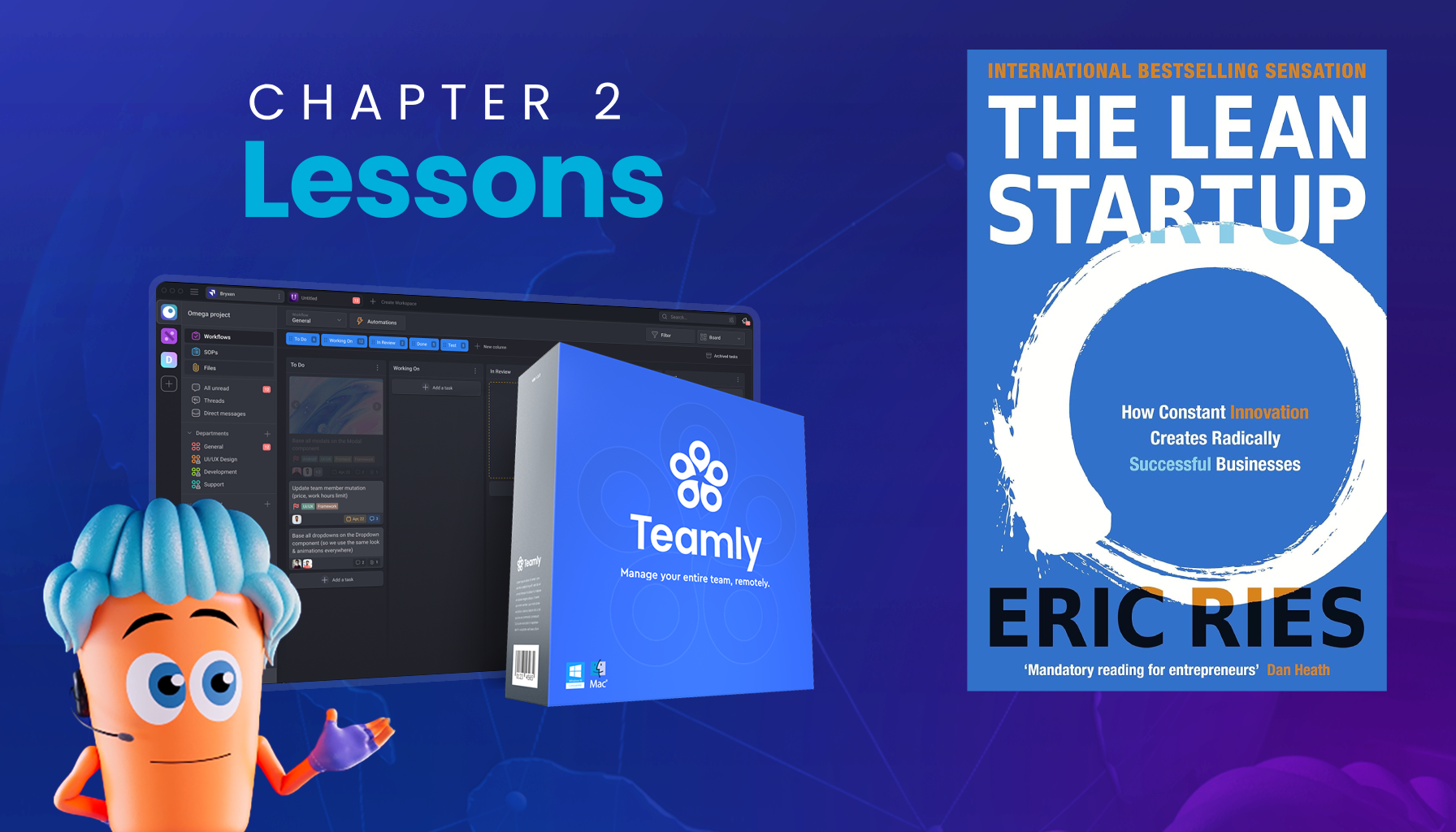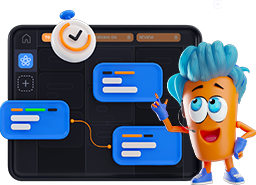
Click the button to start reading
Lessons from The Lean Startup By Eric Ries: Chapter 2
A startup isn’t just a scrappy team working out of a garage, and it isn’t limited to creating the next tech breakthrough.
According to Eric Ries in The Lean Startup, a startup is any human institution designed to create new products or services under conditions of extreme uncertainty.
This redefinition broadens the playing field, bringing in not only traditional entrepreneurs but also intrapreneurs—innovators within established organizations.
This definition resonates with today’s complex business environment. It emphasizes that the size, industry, or structure of the organization doesn’t matter as much as its ability to navigate uncertainty.
Even large companies, often bogged down by bureaucracy, can operate like startups when they adopt a mindset of experimentation and learning.

The SnapTax Revolution: A Startup Within Intuit
SnapTax offers a powerful example of how Lean Startup principles can ignite innovation in even the most established companies.
Developed by a team at Intuit, SnapTax allowed users to complete simple tax returns by photographing their W-2 forms with a smartphone. This simple yet revolutionary idea led to over 350,000 downloads within the first three weeks of its nationwide launch in 2011.
What makes SnapTax’s story even more compelling is its origins. Intuit is a Fortune 1000 company with over 7,700 employees and annual revenues in the billions.
Yet within this corporate giant, a team of just five people worked autonomously to bring SnapTax to life.
They operated in what Eric Ries calls an “island of freedom,” where they could experiment without interference from traditional corporate structures.
SnapTax’s success highlights the potential for intrapreneurs—employees within large organizations—to drive groundbreaking innovations when given the right environment.
It’s a reminder that entrepreneurial spirit doesn’t depend on size or resources but on the freedom to explore and the willingness to take calculated risks.

Lessons from TurboTax: Scaling Innovation
TurboTax, another product from Intuit, provides a fascinating look at how Lean Startup principles can transform an established product.
Previously, TurboTax’s development was slow and cautious, with the marketing team rolling out just one major update per year. Today, the process looks entirely different.
The TurboTax team now conducts over 500 experiments during the tax season.
They test new features, analyze results, and iterate—all within a matter of weeks. This rapid testing cycle ensures that only the most effective updates reach customers, saving time and resources while driving continuous improvement.
This shift wasn’t just a technical adjustment; it was a cultural one. Intuit’s leadership embraced the Lean Startup philosophy, recognizing that experimentation is essential for staying competitive. By encouraging teams to test ideas quickly and learn from failures, they fostered a culture where innovation thrives.
Similarly, tools like Teamly can support such transformations by streamlining collaboration and tracking progress. With Teamly, teams can stay aligned and focused, ensuring that every experiment is well-coordinated and results are actionable. To learn more, visit Teamly.

Metrics That Matter: Measuring Innovation
A key lesson from Intuit’s application of Lean Startup principles is the importance of tracking meaningful metrics.
For Intuit, two metrics stand out: the number of customers using products that didn’t exist three years ago and the percentage of revenue from new offerings. These metrics keep the company focused on driving real innovation rather than incremental improvements.
By using these metrics, Intuit has achieved impressive results. For example, the company generated $50 million in revenue last year from products launched within the past 12 months.
This achievement demonstrates the power of focusing on what truly matters: creating value for customers through innovative solutions.
Measuring innovation isn’t just about success rates—it’s about learning. By tracking the impact of new products and quickly eliminating those that don’t perform, companies can iterate more effectively and allocate resources to ideas with the highest potential.

The Role of Leadership in Driving Innovation
Leadership is at the core of any successful Lean Startup implementation.
Scott Cook, Intuit’s founder, emphasizes that senior leaders must move away from acting as gatekeepers and instead focus on enabling experimentation. This means creating systems that allow teams to test ideas rapidly, learn from failures, and scale successes.
For example, Intuit invested in infrastructure that allowed its TurboTax team to run experiments quickly and efficiently. This shift enabled marketers and developers to bring their ideas to life without unnecessary delays, fostering a culture of innovation.
Cook likens this approach to building an “innovation factory,” where experimentation becomes a continuous process. By embedding Lean Startup principles into the organization’s DNA, leaders can ensure that innovation isn’t a one-off effort but a sustainable practice.
This approach requires a mindset shift. Leaders must prioritize systems over control, empowering teams to take risks and learn from outcomes.
As Cook puts it, “Developing these experimentation systems is the responsibility of senior management. It’s about moving from playing Caesar with a thumbs-up or thumbs-down to building the culture and systems that support innovation.”
Ready to dive deeper into these transformative ideas? Get your copy of The Lean Startup on Amazon today.
















